
RF & Microwave Blog
-
M4 Mounting hole dimensions
Posted by
–
 Read more: M4 Mounting hole dimensions
Read more: M4 Mounting hole dimensionsIntroduction to M4 Mounting holes M4 mounting holes are a common feature in various industries, including automotive, aerospace, and manufacturing. These holes are designed to accommodate M4 screws, which have a nominal diameter of 4 mm. The proper dimensioning of M4 mounting holes is crucial for ensuring a secure and […]
-
How to define these board edge holes
Posted by
–
 Read more: How to define these board edge holes
Read more: How to define these board edge holesTypes of Mounting Holes There are several types of mounting holes that can be incorporated into a PCB design, each with its own characteristics and applications. Here are some of the most common types: Through Holes Through holes are the most basic type of mounting hole. They are drilled completely […]
-
 Read more: Why Use Metal Core PCB Instead of Standard PCB in LED Based Products
Read more: Why Use Metal Core PCB Instead of Standard PCB in LED Based ProductsIntroduction to Metal-Core PCB and Its Advantages in LED Applications In the world of electronics, printed circuit boards (PCBs) play a crucial role in connecting and supporting various components. When it comes to LED-based products, the choice of PCB can significantly impact the performance, reliability, and longevity of the device. […]
-
How to Draw a Simple Circuit Board
Posted by
–
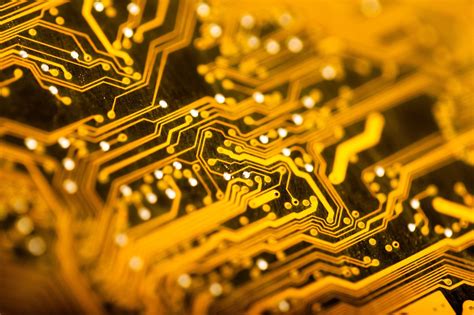 Read more: How to Draw a Simple Circuit Board
Read more: How to Draw a Simple Circuit BoardIntroduction to Circuit Boards A circuit board, also known as a printed circuit board (PCB), is a fundamental component in modern electronics. It provides a platform for mounting and connecting various electronic components, such as resistors, capacitors, and integrated circuits, to create a functional electronic device. Learning how to draw […]
-
How to Spray Photo Resist on PCB
Posted by
–
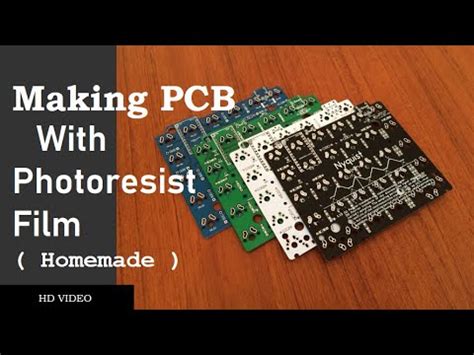 Read more: How to Spray Photo Resist on PCB
Read more: How to Spray Photo Resist on PCBIntroduction to Spray Photoresist for PCBs Spray photoresist is a critical component in the process of creating printed circuit boards (PCBs). It is a light-sensitive material that is applied to the surface of a PCB before the etching process. When exposed to light, the photoresist hardens and protects the areas […]
-
NORDIC HDI seminar with Happy Holden
Posted by
–
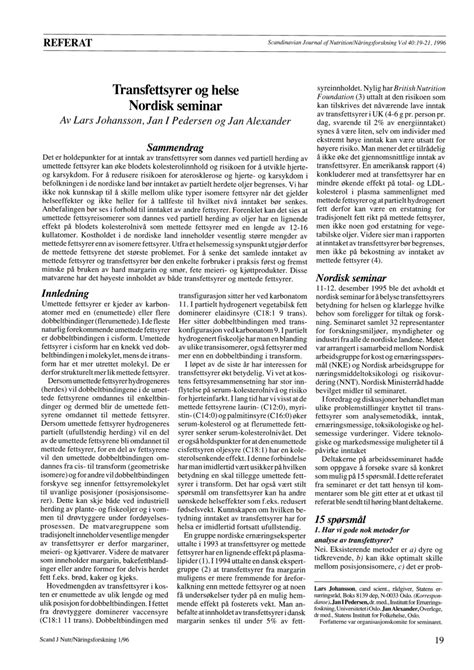 Read more: NORDIC HDI seminar with Happy Holden
Read more: NORDIC HDI seminar with Happy HoldenIntroduction to the NORDIC HDI seminar The NORDIC HDI seminar is a highly anticipated event in the electronics industry, bringing together professionals, experts, and enthusiasts from across the Nordic region. This year’s seminar features a special guest speaker, Happy Holden, a renowned figure in the field of High-Density Interconnect (HDI) […]
-
Solder Paste Something You Need to Know
Posted by
–
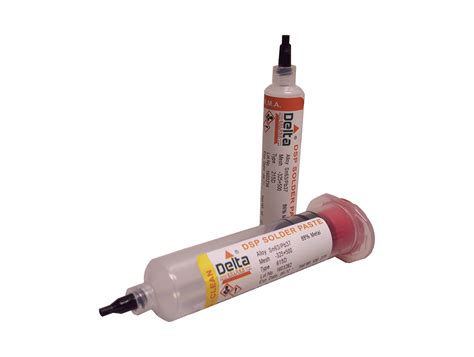 Read more: Solder Paste Something You Need to Know
Read more: Solder Paste Something You Need to KnowWhat is Solder Paste? Solder paste is a material used in electronics manufacturing to attach surface mount components to printed circuit boards (PCBs). It is a mixture of tiny solder particles suspended in flux. The solder particles are typically made of a tin-lead alloy, although lead-free solder paste is becoming […]
-
Deagostini Millennium Falcon Controller
Posted by
–
 Read more: Deagostini Millennium Falcon Controller
Read more: Deagostini Millennium Falcon ControllerIntroduction to the Deagostini Millennium Falcon Model The Deagostini Millennium Falcon is a highly detailed, 1:1 scale model of the iconic spaceship from the Star Wars franchise. This model is designed for hobbyists and collectors who want to build their own piece of Star Wars history. The model is released […]
-
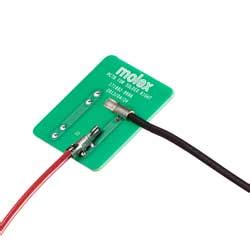 Read more: Anyone has any ideas about PCB wire strain relief
Read more: Anyone has any ideas about PCB wire strain reliefWhat is PCB Wire Strain Relief and Why is it Important? PCB wire strain relief refers to methods and techniques used to prevent mechanical stress and strain on wires and cables connected to a printed circuit board (PCB). When wires are soldered directly to a PCB without any strain relief, […]
-
RAYPCB Certificate of IATF
Posted by
–
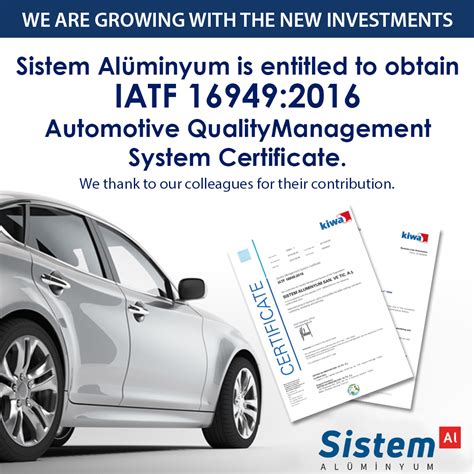 Read more: RAYPCB Certificate of IATF
Read more: RAYPCB Certificate of IATFWhat is IATF Certification? IATF (International Automotive Task Force) certification is a globally recognized quality management system standard for the automotive industry. It was developed by the International Automotive Task Force (IATF), a group of automotive manufacturers and their respective trade associations, to provide a common set of quality requirements […]
Recent Posts
- How to Select Material for Your PCBs from Cost and Reliability Considerations
- Problems of EMC Technology Application in PCB Design of Electronic Devices and the Strategies
- Fabrication Technology on Flex-Rigid PCB Window
- Problems of High-Frequency and High-Speed Multilayer PCB Fabrication and Their Solutions
- Key Difficulties and Tips for Backplane PCB Fabrication